
Vatican Museum {EN/ES}
It is impossible to go through the Vatican museum and not fall in love. No matter what creed you don't have to believe in anything to go there, it blows your mind and goes through you from all sides. You can't get out of there unscathed, that's why I want to share with you a small portion of what my visit to the Vatican Museum was like.
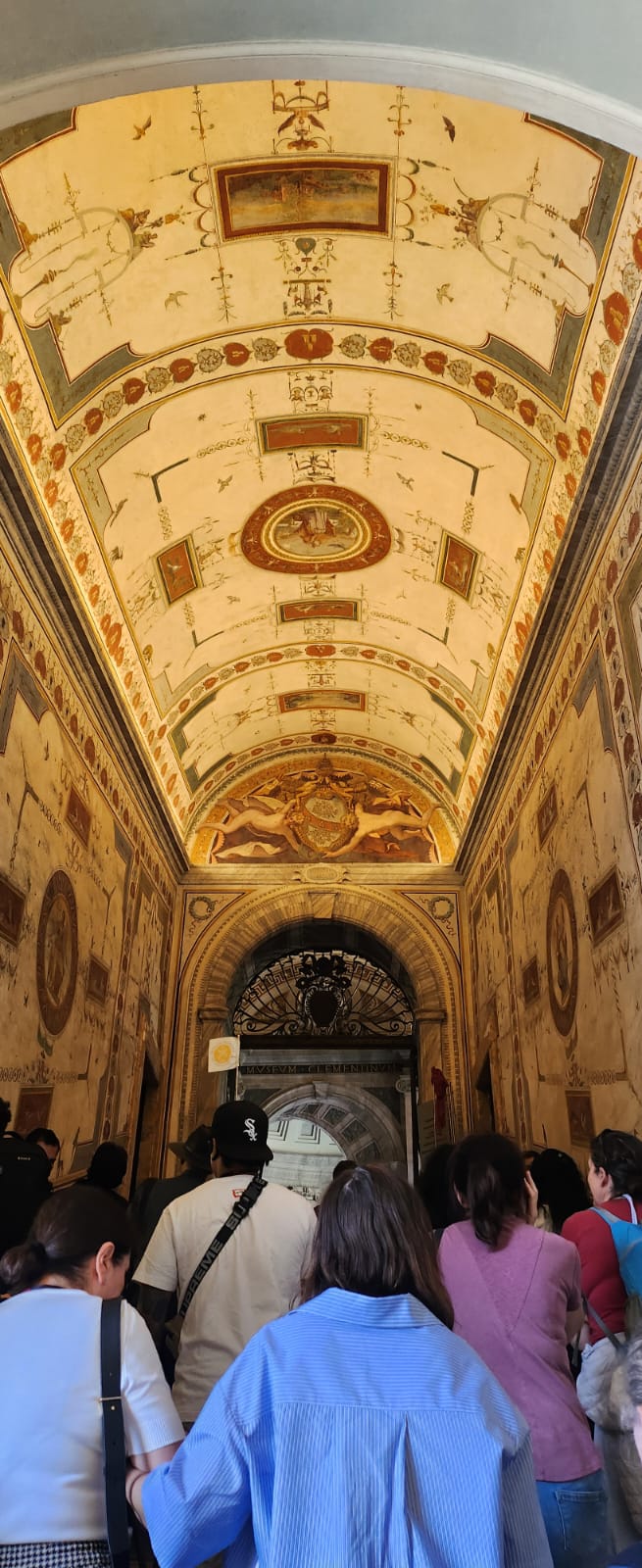
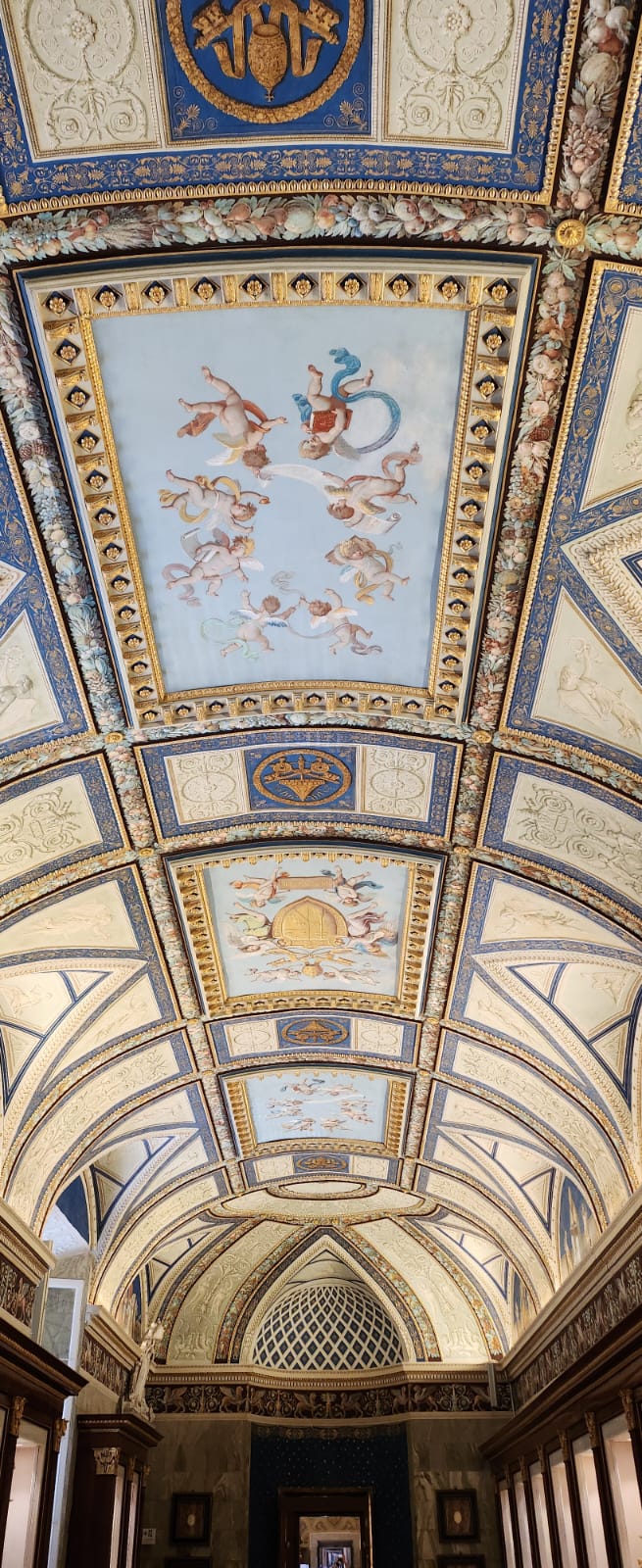
The ceilings of the Vatican Museum are very impressive. They are decorated with detailed and colorful frescoes depicting religious and artistic scenes. One of the most famous ceilings is that of the Sistine Chapel, which by the way is a "no picture" place, painted by Michelangelo. These ceilings are an amazing example of the art and skill of Renaissance artists. Not all the ceilings were painted by him, a lot of other artists also intervened.
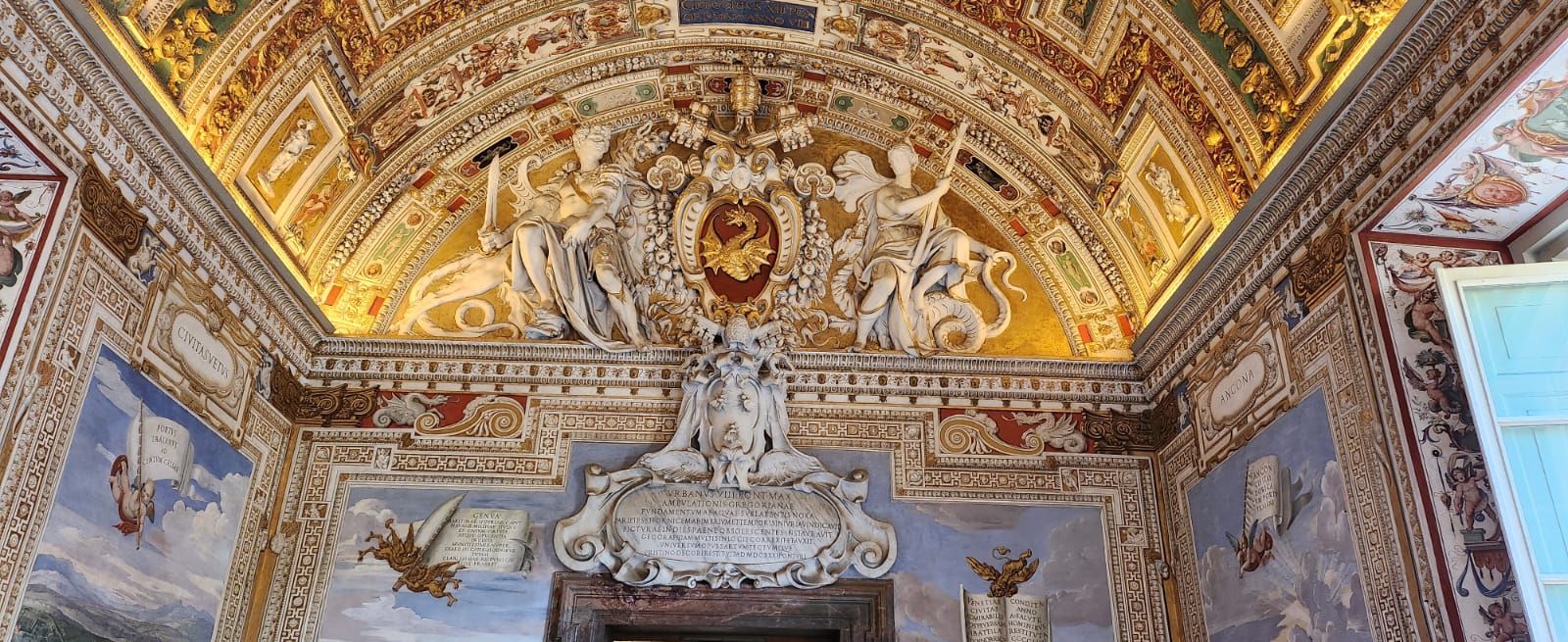

In contrast to these ceilings, the Museum of Contemporary Art is vibrant and diverse, showcasing a wide range of styles and artists. Here, one can find everything from modern installations to abstract paintings, representing current trends in art. Both museums allow visitors to explore and appreciate different periods and artistic styles, providing a rich cultural experience.

This is one of the sculptures I liked the most in the museum. The Laocoon sculpture is an ancient work of art depicting a Trojan priest, Laocoon, and his two sons fighting sea serpents. This sculpture is famous for its detailed realism and its ability to convey intense emotions. Made of marble, it is believed to have been created by three Greek sculptors. The Laocoön is a key piece in the Vatican Museum's collection and is much admired for its dramatic depiction of human suffering and struggle.
It is indescribable the feeling of seeing it and looking at the details of the sculptures and it gives you the sensation of being someone real. A real person.
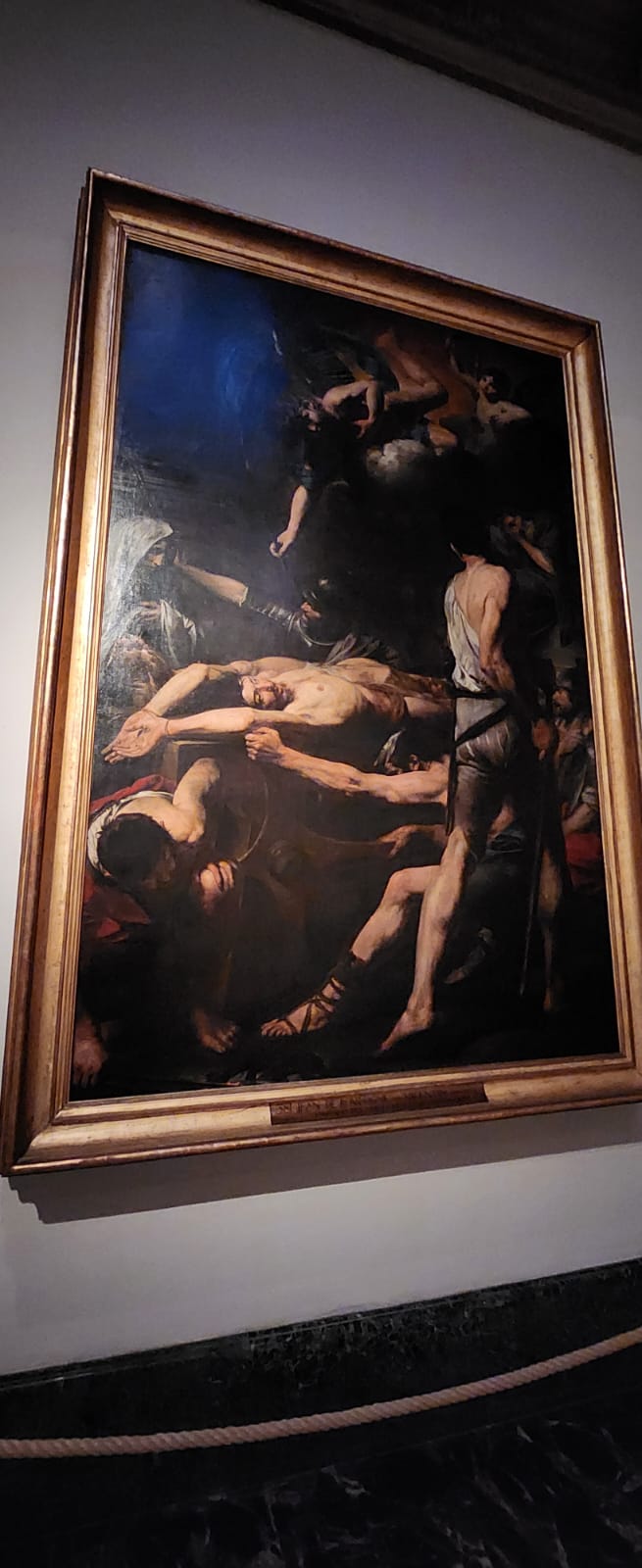
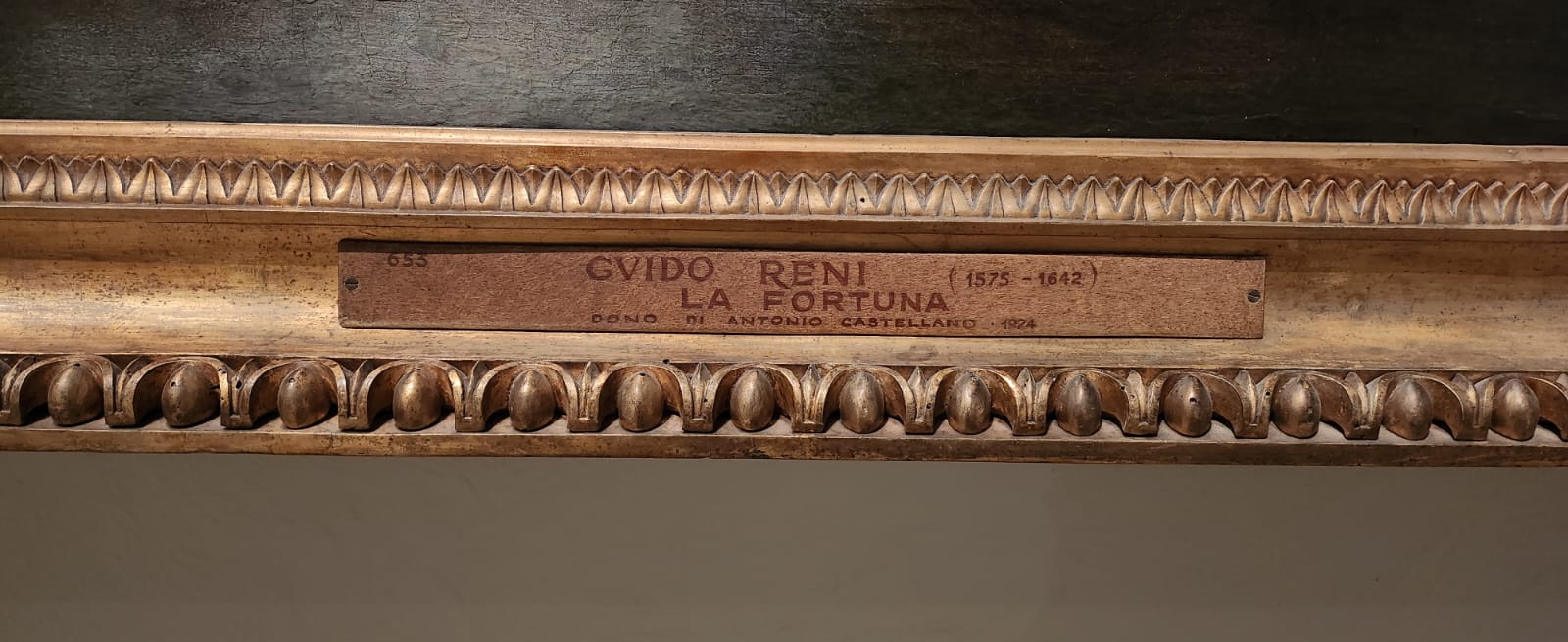

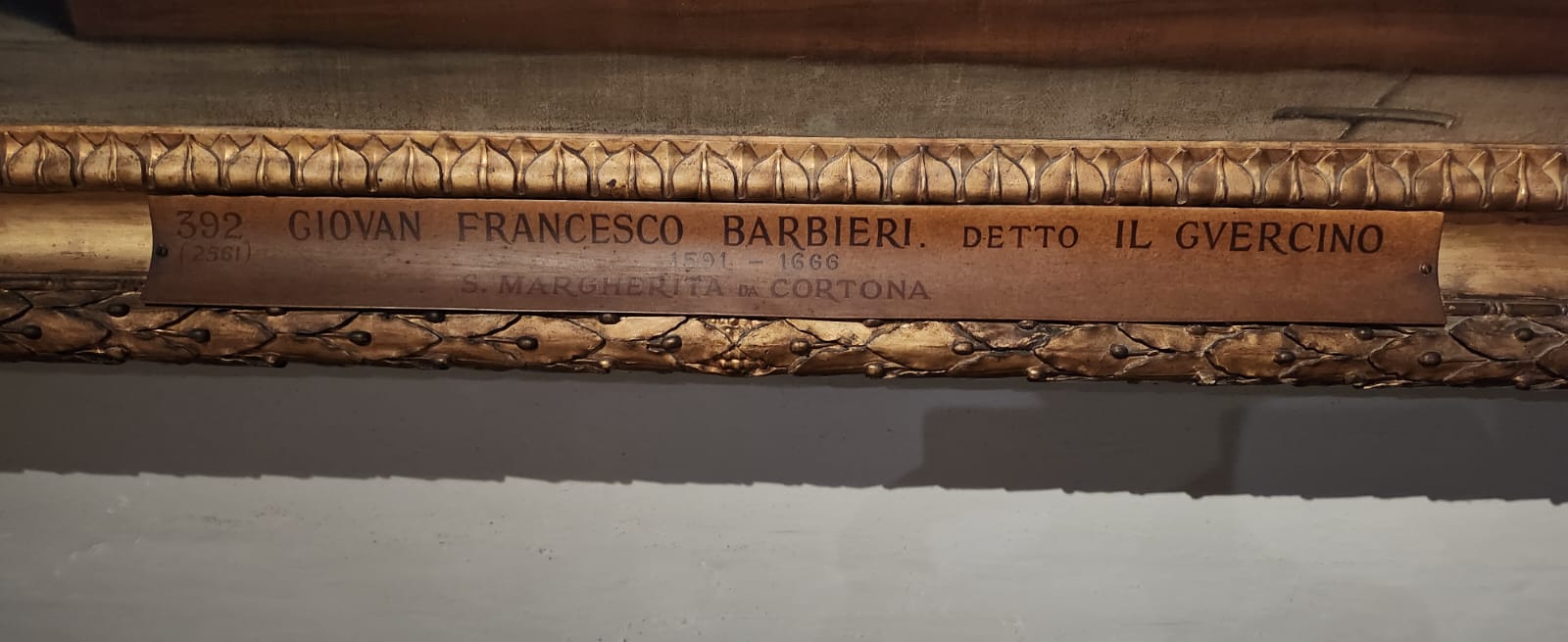
Guido Reni and Francesco Barbieri, known as Guercino, were two prominent Italian Baroque painters. Guido Reni, born in Bologna, is known for his elegant and serene religious and mythological compositions. His works are notable for their use of light and color, which convey a sense of grace and divinity. Among his most famous pieces are "The Rape of Helen" and "Saint Sebastian". On the other hand, Guercino, also from Bologna, is distinguished by his dynamic style and his ability to capture human emotion. His paintings, such as "The Return of the Prodigal Son" and "Aurora," show a masterful handling of chiaroscuro and great dramatic intensity. Both artists left a lasting legacy in Italian Baroque art.
These were two artists that I did not know because I am not very knowledgeable about art and the truth is that I fell in love with them so I wanted to show you something of them.
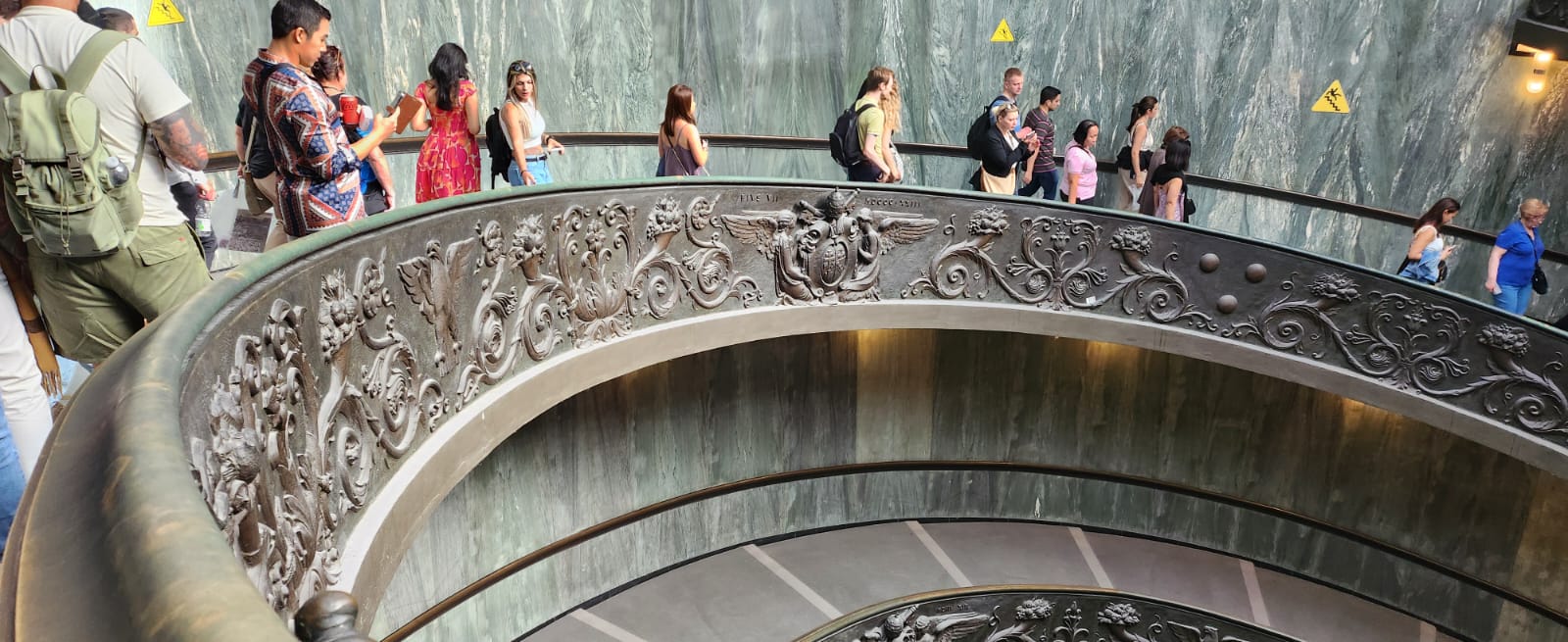
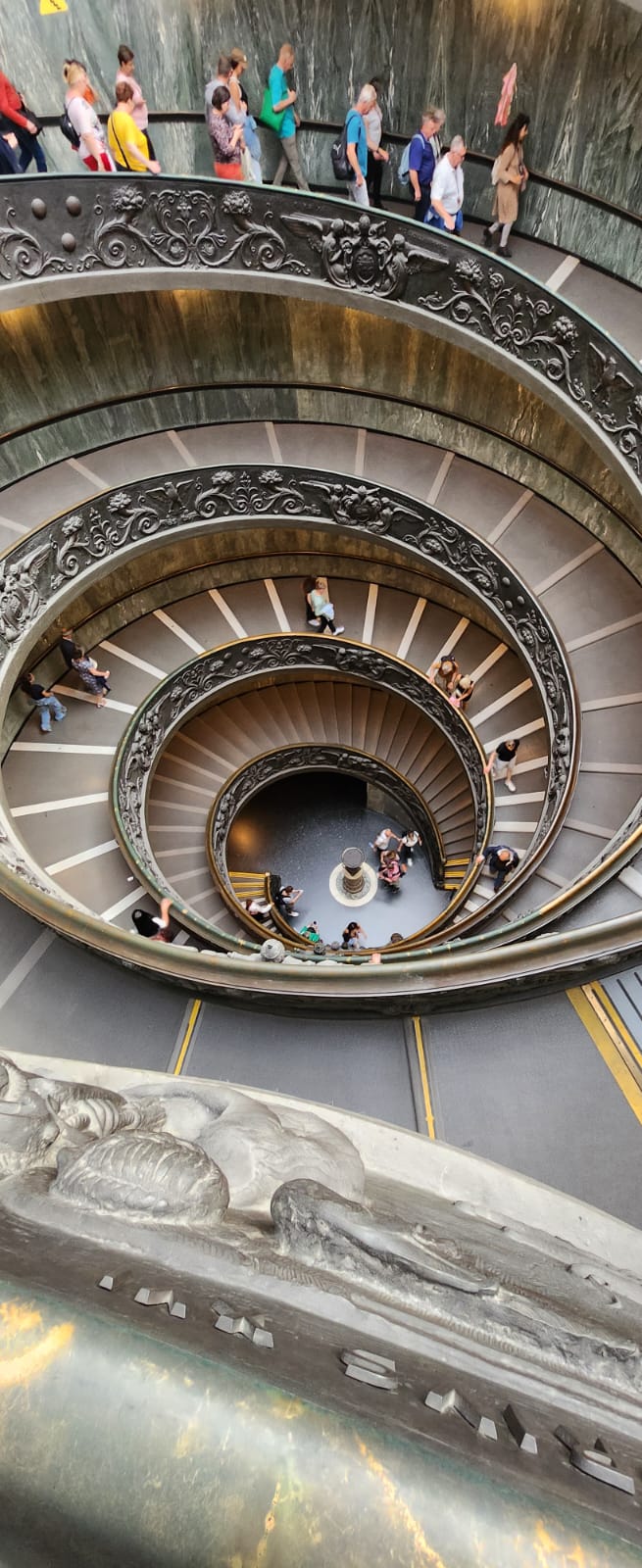
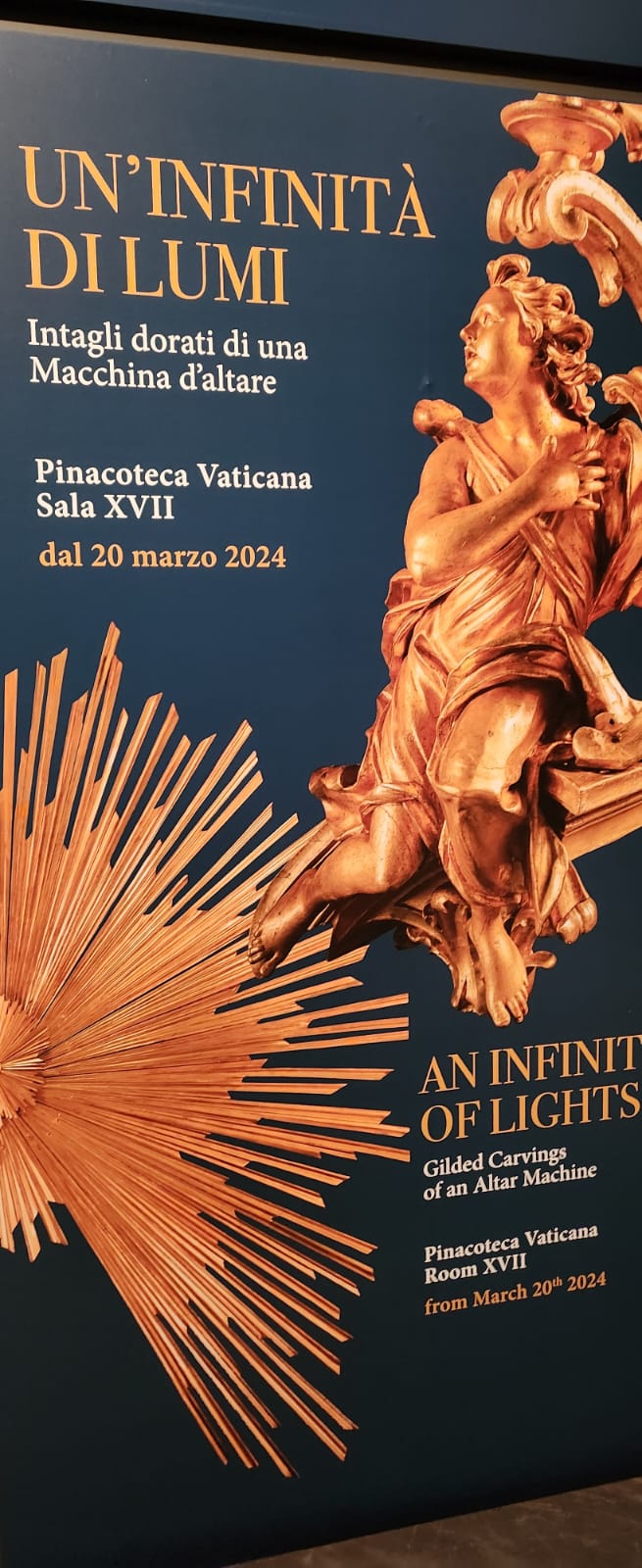
These are the stairs that ended one of the museum exhibits as iconic as the ones in this epic place.
SPANISH VERSION (click here!)
Es imposible pasar por el museo del Vaticano y no enamorarte. No importa credo no tenes que creer en nada ir te vuela la cabeza y te atraviesa por donde todos lados. No se puede salir ileso de allí, es por eso que quiero compartir con ustedes una pequeña porción de lo que fue mi visita por el museo del Vaticano.


Los techos del Museo del Vaticano son muy impresionantes. Están decorados con frescos detallados y coloridos que muestran escenas religiosas y artísticas. Uno de los techos más famosos es el de la Capilla Sixtina que por cierto es un lugar a donde no se puede sacar fotos , pintado por Miguel Ángel. Estos techos son un ejemplo asombroso del arte y la habilidad de los artistas del Renacimiento. Todos los techos no fueron pintados por él, también intervinieron un montón de otros artistas.


En contraste con estos techos , el Museo de Arte Contemporáneo es vibrante y diverso, mostrando una amplia gama de estilos y artistas. Aquí, se puede encontrar desde instalaciones modernas hasta pinturas abstractas, representando las tendencias actuales del arte. Ambos museos permiten a los visitantes explorar y apreciar diferentes épocas y estilos artísticos, proporcionando una rica experiencia cultural.

Esta es una de las esculturas que más me gustó del museo. La escultura del Laocoonte es una obra de arte antigua que muestra a un sacerdote troyano, Laocoonte, y sus dos hijos luchando contra serpientes marinas. Esta escultura es famosa por su detallado realismo y su capacidad para transmitir emociones intensas. Hecha en mármol, se cree que fue creada por tres escultores griegos. El Laocoonte es una pieza clave de la colección del Museo del Vaticano y es muy admirada por su representación dramática del sufrimiento y la lucha humana.
Es indescriptible la sensación de verla y mirar los detalles de las esculturas y que te da la sensación de ser alguien real. Una persona de verdad.




Guido Reni y Francesco Barbieri, conocido como Guercino, fueron dos destacados pintores italianos del Barroco. Guido Reni, nacido en Bolonia, es conocido por sus elegantes y serenas composiciones religiosas y mitológicas. Sus obras destacan por su uso de la luz y el color, que transmiten una sensación de gracia y divinidad. Entre sus piezas más famosas se encuentran "El rapto de Helena" y "San Sebastián". Por otro lado, Guercino, también de Bolonia, se distingue por su estilo dinámico y su habilidad para capturar la emoción humana. Sus pinturas, como "El regreso del hijo pródigo" y "Aurora", muestran un manejo magistral del claroscuro y una gran intensidad dramática. Ambos artistas dejaron un legado duradero en el arte barroco italiano.
Estos fueron dos artistas que no conocía porque no soy muy conocedor del arte y la verdad me enamore de ellos por eso quería mostrarles algo de ellos.



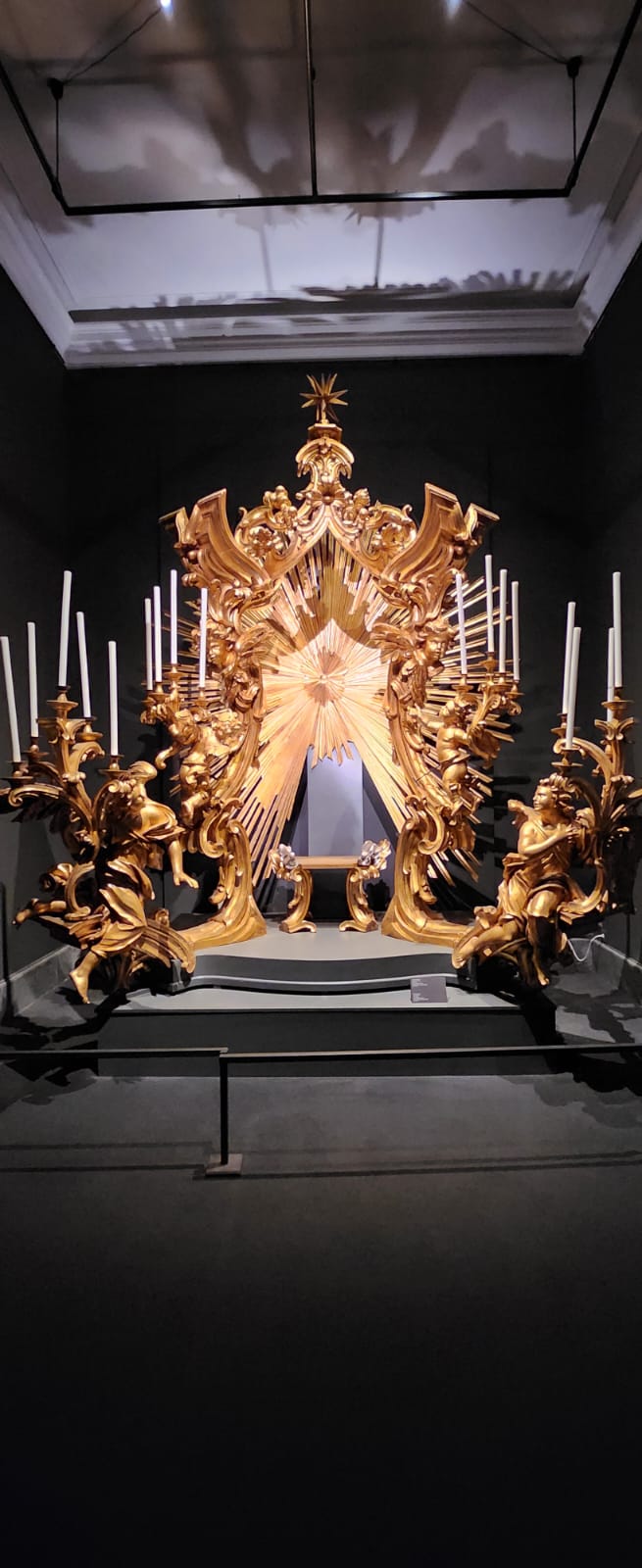
Estas son unas escaleras que daban fin a una de las muestras del museo tan icónica como las de este tan épico lugar.











Comments